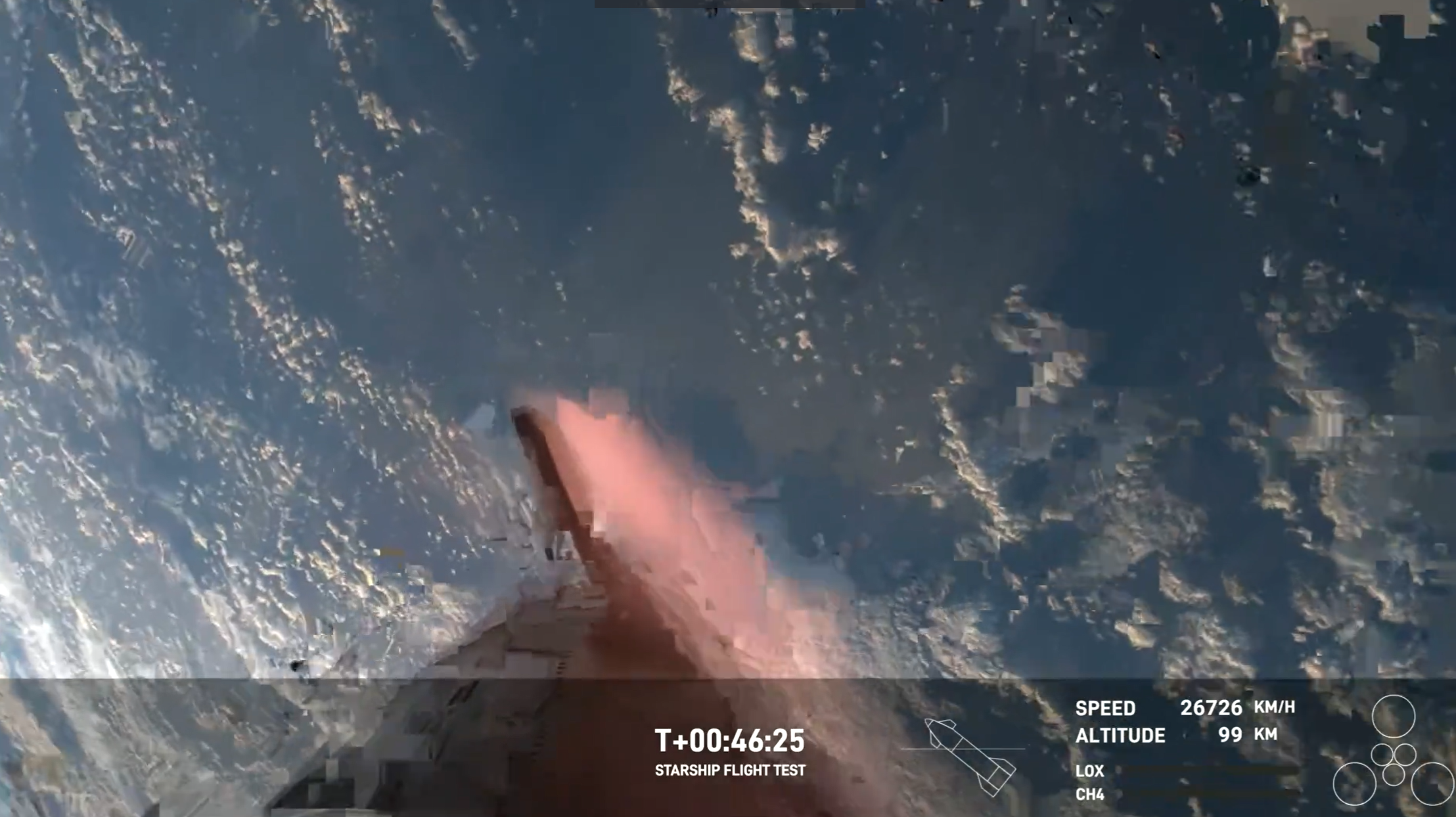SpaceX loses Starship, the biggest and most powerful spacecraft ever made
Loss of spacecraft brought to an end an otherwise successful test
SpaceX has lost its Starship, after it fell to Earth and presumably into the Indian Ocean.
The loss of the spacecraft brought an end to an otherwise successful test. SpaceX had said in advance of the launch that it expected it could lose Starship as it fell back down to Earth.
It was the third test of Starship. The two previous versions lasted a few minutes before blowing up.
This time around, Starship managed to separate from its booster, arrive in space, open up the payload door that could one day carry important experiments, and fly halfway around the Earth. That meant that it had achieved all of the major tests laid out by SpaceX.
Flight controllers had then intended that the spacecraft would then fall back down to Earth and splash down in the ocean.
The pictures taken from Starship showed it glowing with the plasma generated by the heat of its re-entry into Earth’s atmosphere.

As Starship fell towards Earth, SpaceX said that it had lost contact with the spacecraft. Shortly after, it confirmed that it had been lost.
Starship, the biggest and most powerful rocket ever built, soared from the southern tip of Texas near the Mexican border and headed out over the gulf. No people or satellites were on board.
Minutes later, the booster separated seamlessly from the spaceship and splashed down into the gulf. The spacecraft continued on its flight eastwards, reaching an altitude of 100 miles (160km) and approaching orbital speed - outperforming previous attempts.
The rocket and futuristic-looking spacecraft towers 121 metres (397 feet) high, easily exceeding Nasa’s past and present moon rockets.
SpaceX‘s Elon Musk was shooting for a shorter, hour-long flight on the latest demo, with the Indian Ocean as the spacecraft’s finish line.
He noted that the company had made thousands of upgrades and fixes to improve the odds.
Nasa watched with keen interest: The space agency needs Starship to succeed in order to land astronauts on the moon in the next two or so years.
This new crop of moonwalkers - the first since last century’s Apollo programme - will descend to the lunar surface in a Starship, at least for the first couple times.
Additional reporting by agencies
Join our commenting forum
Join thought-provoking conversations, follow other Independent readers and see their replies
Comments